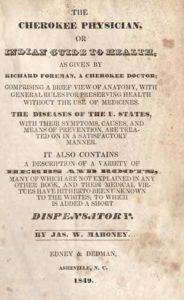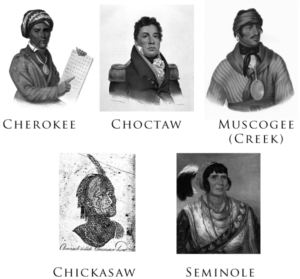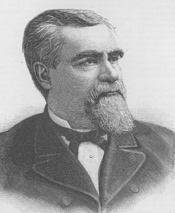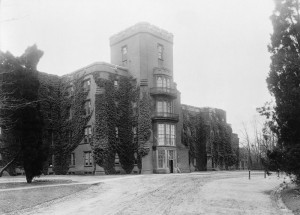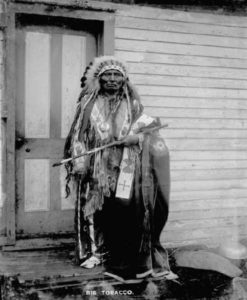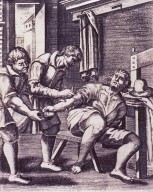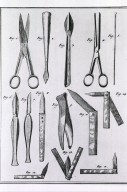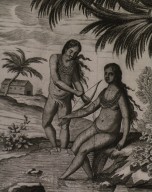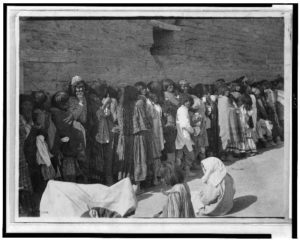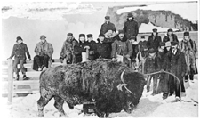At the turn of the last century (early 1900s), doctors were not considered infallible by any means. Most families relied on local herbalists or their own knowledge of “doctoring” to get them through most medical emergencies.
Though often reviled by whites for any number of supposedly savage or uncivilized traits, Native Americans were often seen as very competent in the use of native plants for medicinal purposes. Here is a recipe for an ague pill, ague being a general term for a fever marked by fits of chills, fever, and sweating.
“Take equal quantities of mullen leaves and red sassafras bark, of the root, boil in water to a strong decoction, then strain and continue boiling the decoction to the consistency of very thick molasses, add a sufficient quantity of sassafras bark finely pulverized to make it the proper consistence to roll into pills. Dose three or more morning and night.”
This recipe is taken from The Cherokee Physician, or Indian Guide to Health, as Given By Richard Foreman, A Cherokee Doctor. This version of the work is the property of the University of North Carolina at Chapel Hill.
